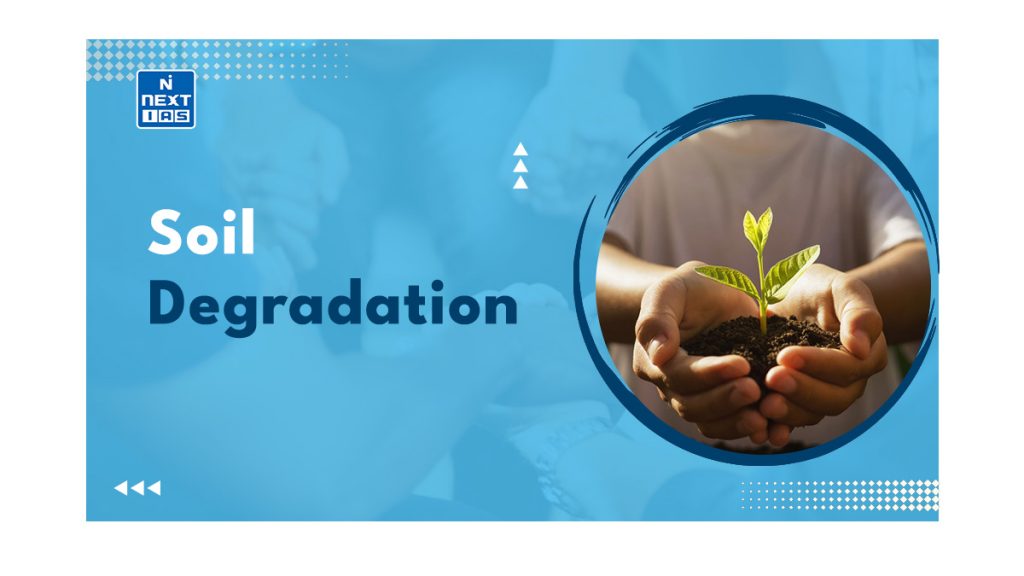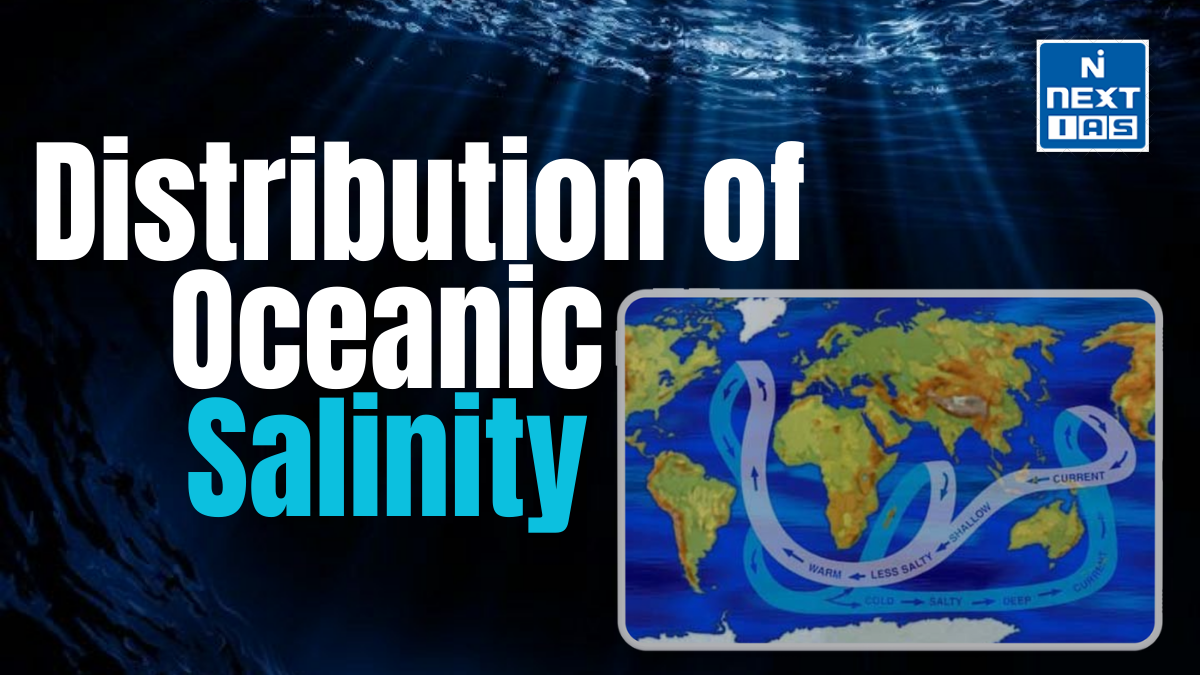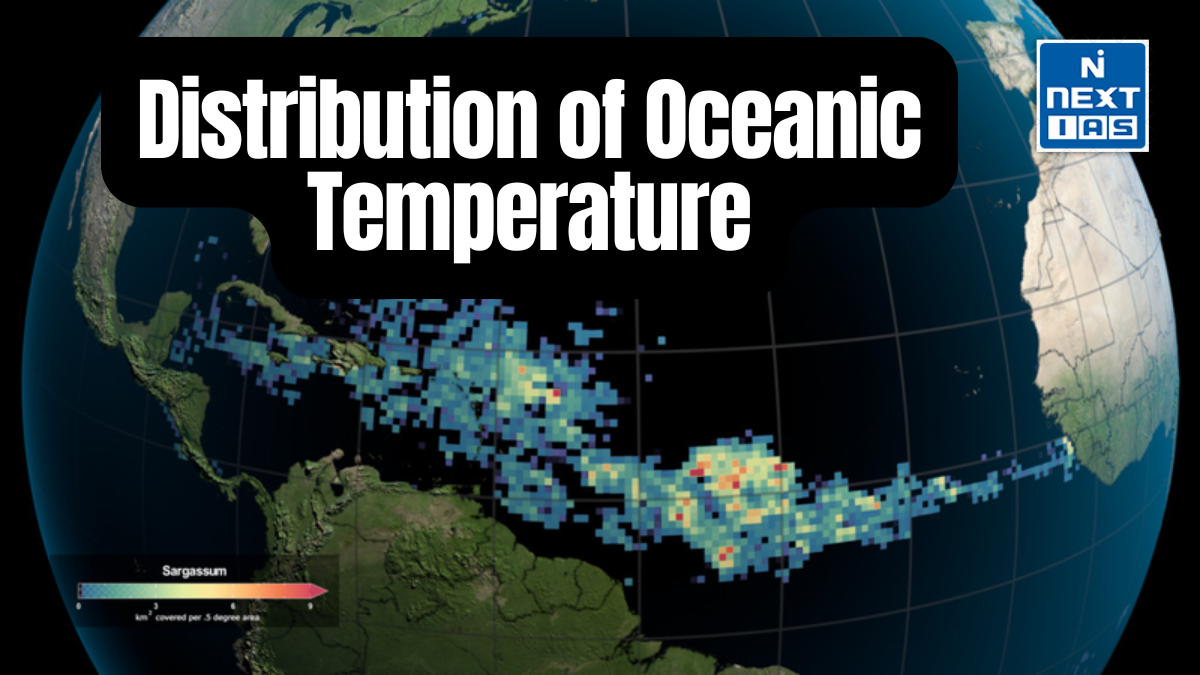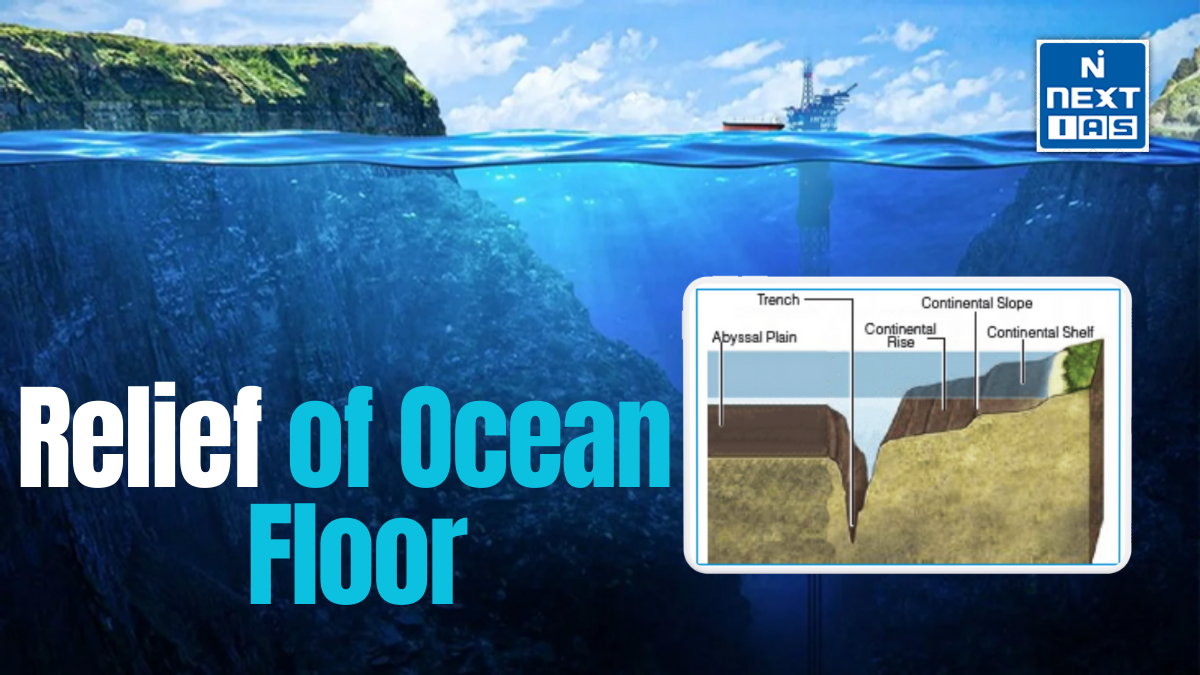
Soils are essential natural resources that serve as the foundation for all terrestrial life, making the prevention of soil degradation crucial for our well-being.
Soil degradation consists of biological, chemical and physical degradation. Currently, about 33% of world soils are moderately to highly degraded. Forty percent of these degraded soils are located in Africa and most of the rest are in areas that are afflicted by poverty and food insecurity. The strong relationship between soil health and food security calls for strategic and immediate actions, especially at the local level, to reverse soil degradation in order to increase food production and alleviate food insecurity in the areas where it is most needed and in the context of climate change (FAO, 2015).
Examples encompass physical, chemical, and biological declines in soil quality. It can manifest as the loss of organic matter, reduced fertility, deterioration of soil structure, erosion through water or wind, changes in salinity levels (such as dryland, irrigation, or urban salinity), increased soil acidity or alkalinity, compaction, surface sealing, mass movement, and contamination from toxic chemicals or pollutants.
Types of Soil Degradation
It can occur through various processes, such as water erosion, which includes sheet, rill, and gully erosion caused by excessive water runoff.
- Wind erosion is another form, where soil particles are carried away by wind forces.
- Salinity refers to the accumulation of salts in the soil, whether through natural processes in arid regions, excessive irrigation, or urban activities.
- Loss of organic matter reduces the soil’s nutrient content and ability to retain moisture.
- Soil acidity or alkalinity imbalances affect plant growth and nutrient availability. Declining soil structure involves compaction, which hampers root growth and water infiltration.
- Mass movement occurs when gravity causes soil to slide or erode.
- Soil contamination results from the introduction of toxic chemicals or pollutants, impacting soil health and potentially affecting human health and ecosystems.
Causes of Soil Degradation
There are a large number of factors that are responsible for this. Some of them are:
- Physical Factors: Factors such as rainfall, surface runoff, floods, wind erosion, tillage, and mass movements can lead to the degradation of soil. These factors cause different types of soil erosion and detachment, wearing away the topsoil and organic matter.
- Biological Factors: These involve human and plant activities that reduce soil quality. Overgrowth of bacteria and fungi can impact microbial activity in the soil, leading to decreased crop yields and reduced soil productivity. Poor farming practices and mismanagement of soil nutrients can also deplete soil fertility.
- Chemical Factors: Chemical factors include soil nutrient reduction due to alkalinity, acidity, or waterlogging. They result in alterations in the soil’s chemical properties, affecting nutrient availability. Salt buildup and leaching of nutrients can corrupt the soil’s quality by causing undesirable changes in essential soil chemical components. These chemical factors lead to the irreversible loss of soil nutrients and the hardening of certain soil types.
- Deforestation: This exposes soil minerals by removing trees and crop cover, which play a vital role in soil formation. Vegetation cover promotes soil binding, aeration, water-holding capacity, and biological activity. Removing trees through logging and slash-and-burn techniques can increase erosion, and toxic buildup, and render the soil unproductive.
- Misuse or Excess Use of Fertilizers: The misuse or excessive use of pesticides and chemical fertilizers can harm soil organisms that contribute to soil cohesion. Improper use of fertilizers can denature essential soil minerals and result in nutrient losses. This destroys the soil’s biological activity and can lead to the buildup of toxic substances.
- Industrial and Mining Activities: These activities contribute to soil pollution. Mining destroys crop cover and releases toxic chemicals into the soil, rendering it unproductive. Industrial activities release effluents and wastes that pollute the soil, affecting its physical, chemical, and biological properties.
- Improper Cultivation Practices: Certain agricultural practices, such as excessive tillage, deep plowing, farming on steep slopes, mono-cropping, row-cropping, and surface irrigation, can degrade the soil’s composition and fertility. Improper cultivation practices lead to erosion, reduced soil regeneration, and decreased agricultural productivity.
- Urbanization: It results in the denudation of soil vegetation cover, compaction during construction, and altered drainage patterns. The impermeable surfaces of urban areas increase surface runoff and erosion. Runoff from urban areas often contains pollutants that can contaminate water bodies and disrupt ecosystems.
- Overgrazing: It contributes to soil erosion, loss of soil nutrients, and decreased agricultural productivity. It destroys surface crop cover and breaks down soil particles, increasing erosion rates.
Effects of Soil Degradation
| Land Degradation: It is a major cause of land degradation, resulting in the loss of fertile land. Erosion, contamination, and pollution reduce the quality of agricultural land, making it less productive. Around 40% of the world’s agricultural land has experienced severe degradation. |
| Drought and Aridity: It exacerbates drought and aridity in arid and semi-arid areas. Overgrazing, poor tillage methods, and deforestation contribute to desertification, leading to dry conditions and water scarcity. It can also lead to a loss of biodiversity. |
| Loss of Arable Land: It causes a significant loss of arable land. The erosion and damage to the soil’s natural composition result in the loss of productive agricultural land. Approximately 40% of the world’s agricultural land has been affected by soil degradation. |
| Increased Flooding: It reduces the soil’s ability to absorb water, leading to increased surface runoff and more frequent flooding. Soil’s natural water-holding capacity is diminished, exacerbating the impact of heavy rainfall events. |
| Pollution and Clogging of Waterways: Soil erosion transports sediment, along with agricultural fertilizers and pesticides, into waterways, leading to pollution and clogging of streams and rivers. The pollutants from agricultural practices can damage aquatic ecosystems, limit water availability, and impact human populations relying on these water sources. |
Methods to Address Soil Degradation
| Reducing Deforestation: Efforts should be made to reduce deforestation and promote sustainable forest management practices. Reforestation and forest conservation programs can help restore vegetation cover and prevent soil degradation. |
| Land Reclamation: Land reclamation involves restoring lost soil organic matter and essential minerals. This can be achieved through activities like adding plant residues to degraded soils, improving range management, and addressing salinized soils through reclamation projects. |
| Preventing Salinization: Preventing salinization through actions like reducing irrigation, planting salt-tolerant crops, and improving irrigation efficiency is more cost-effective than reclamation projects. Prevention is key to maintaining soil quality and fertility. |
| Conservation Tillage: Practicing conservation tillage techniques that minimize changes to the soil’s natural condition can help prevent soil degradation. Leaving crop residue on the surface and avoiding deep plowing can protect the soil from erosion and maintain its productivity. |
| Agroforestry involves growing crops around trees and other plants such as hedges. Trees create their own microclimate, which is favourable for crops. They also act as a form of protection against wind and water damage and encourage biodiversity, which keeps ecosystems strong and healthy. Permaculture is a form of sustainable farming that respects nature and its design. It incorporates practices such as creating an integrative space where beneficial relationships between different organisms can flourish, and avoiding unnatural substances and waste. |
Conclusion
It’s important to note that soil degradation is a complex issue that requires a holistic and multifaceted approach involving sustainable land management practices, proper agricultural techniques, and policies that prioritize soil conservation and restoration.
Addressing soil degradation requires implementing sustainable land management practices, including erosion control measures, proper soil conservation techniques, responsible use of fertilizers and pesticides, afforestation and reforestation efforts, and promoting awareness and education about soil conservation. By prioritizing the health and preservation of our soils, we can mitigate the negative impacts of soil degradation and ensure a sustainable future.
FAQs
What are the types of Soil Degradation?
The three main types of soil degradation are:
1. Erosion: This refers to the physical removal of topsoil through the action of water, wind, or ice, leading to the loss of fertile soil and nutrients.
2. Nutrient depletion: Continuous or excessive cultivation without proper nutrient management can deplete essential nutrients from the soil, making it less fertile and reducing crop productivity.
3. Salinization: It occurs when the salt concentration in the soil increases to levels that are harmful to plant growth. Salinization can happen due to factors such as irrigation with salt-affected water or poor drainage.
What are the causes of Soil Degradation?
The top 10 causes of soil degradation are overgrazing, deforestation, overuse of fertilizers, urbanization, concretization, climate change, jhum cultivation, unscientific farming practices, etc
What are the effects of Soil Degradation?
Soil degradation has several detrimental effects on the environment and human well-being. The five main effects include:
1. Reduced agricultural productivity: Degraded soil has lower fertility, reduced water-holding capacity, and fewer nutrients, leading to decreased crop yields and food production.
2. Increased soil erosion: Degraded soil is more susceptible to erosion, which can result in the loss of fertile topsoil and sedimentation in water bodies, impacting water quality and aquatic ecosystems.
3. Desertification: Soil degradation can contribute to the expansion of desert-like conditions, where land becomes arid, devoid of vegetation, and unsuitable for agriculture or other productive activities.
4. Decline in biodiversity: Degraded soil supports fewer plant and animal species, leading to a loss of biodiversity and disruption of ecosystems.
5. Water scarcity: Soil degradation can affect water infiltration and storage capacity, leading to reduced groundwater recharge, increased runoff, and decreased availability of water for plants, animals, and human use.
How can we control Soil Degradation?
Several approaches can help control and mitigate soil degradation:
– Conservation agriculture
– Terracing and contour plowing
– Afforestation and reforestation
– Agroforestry
– Sustainable land management





